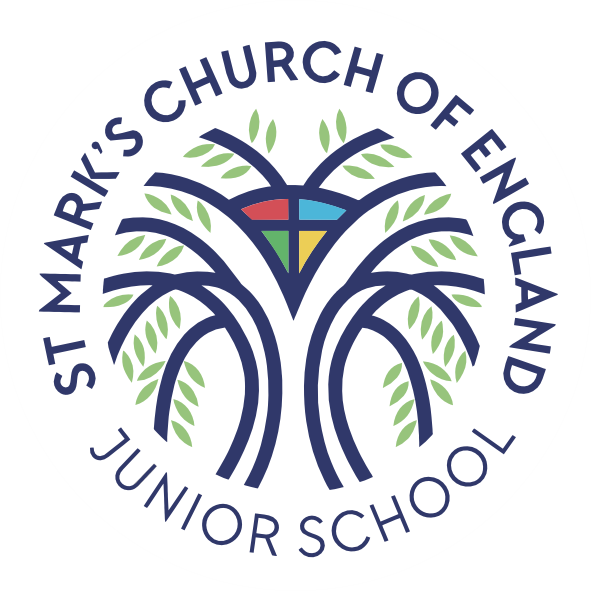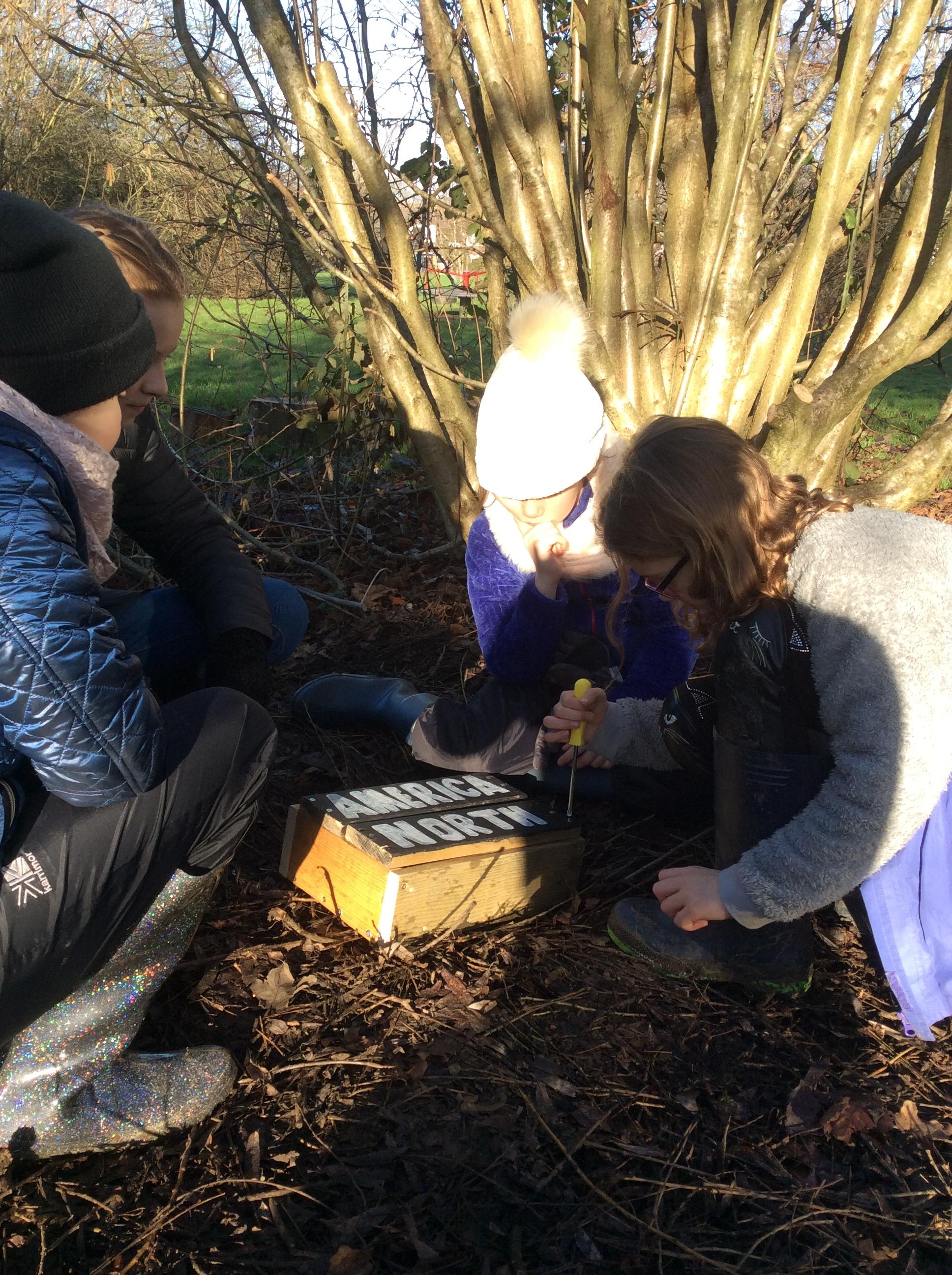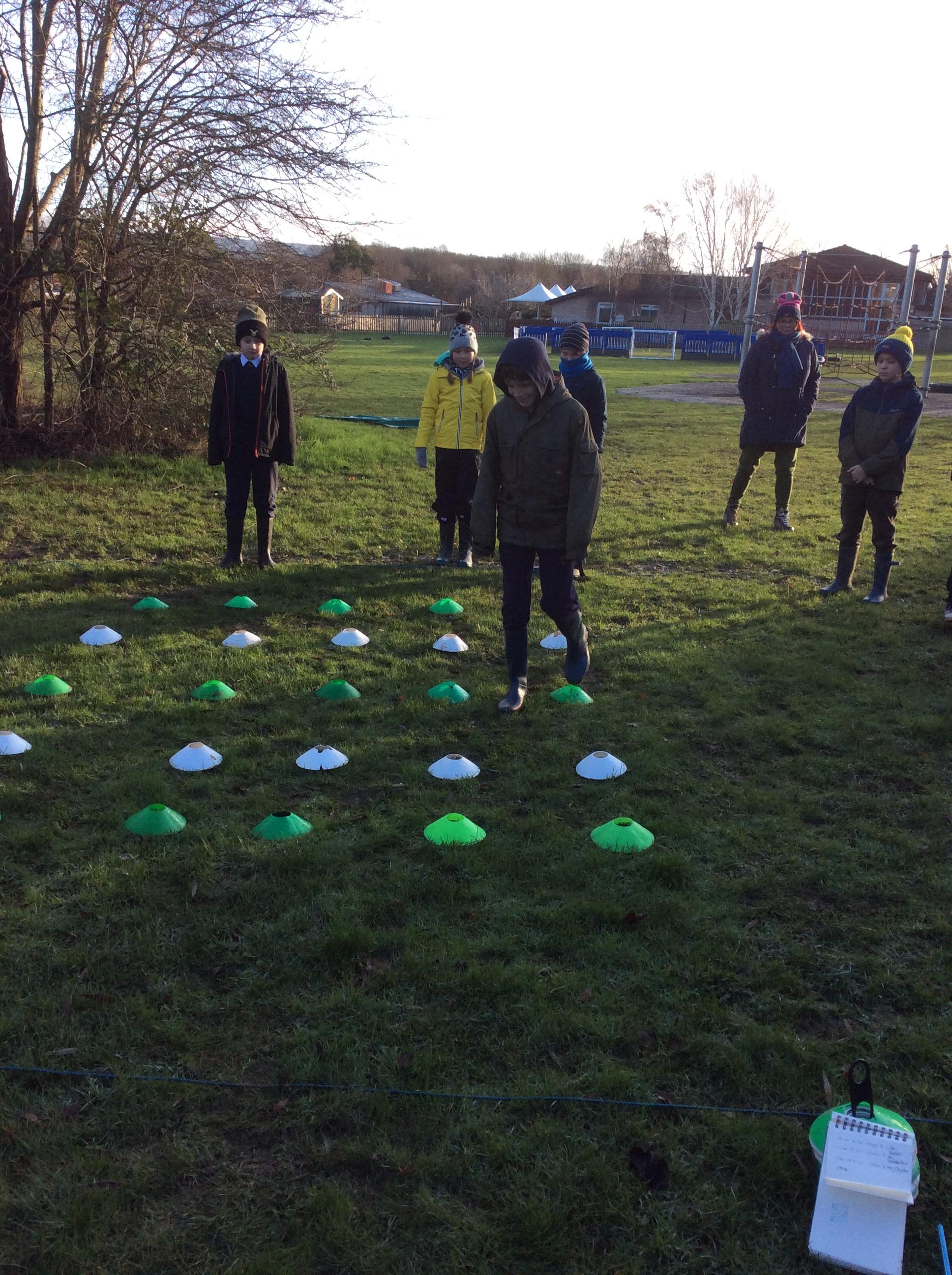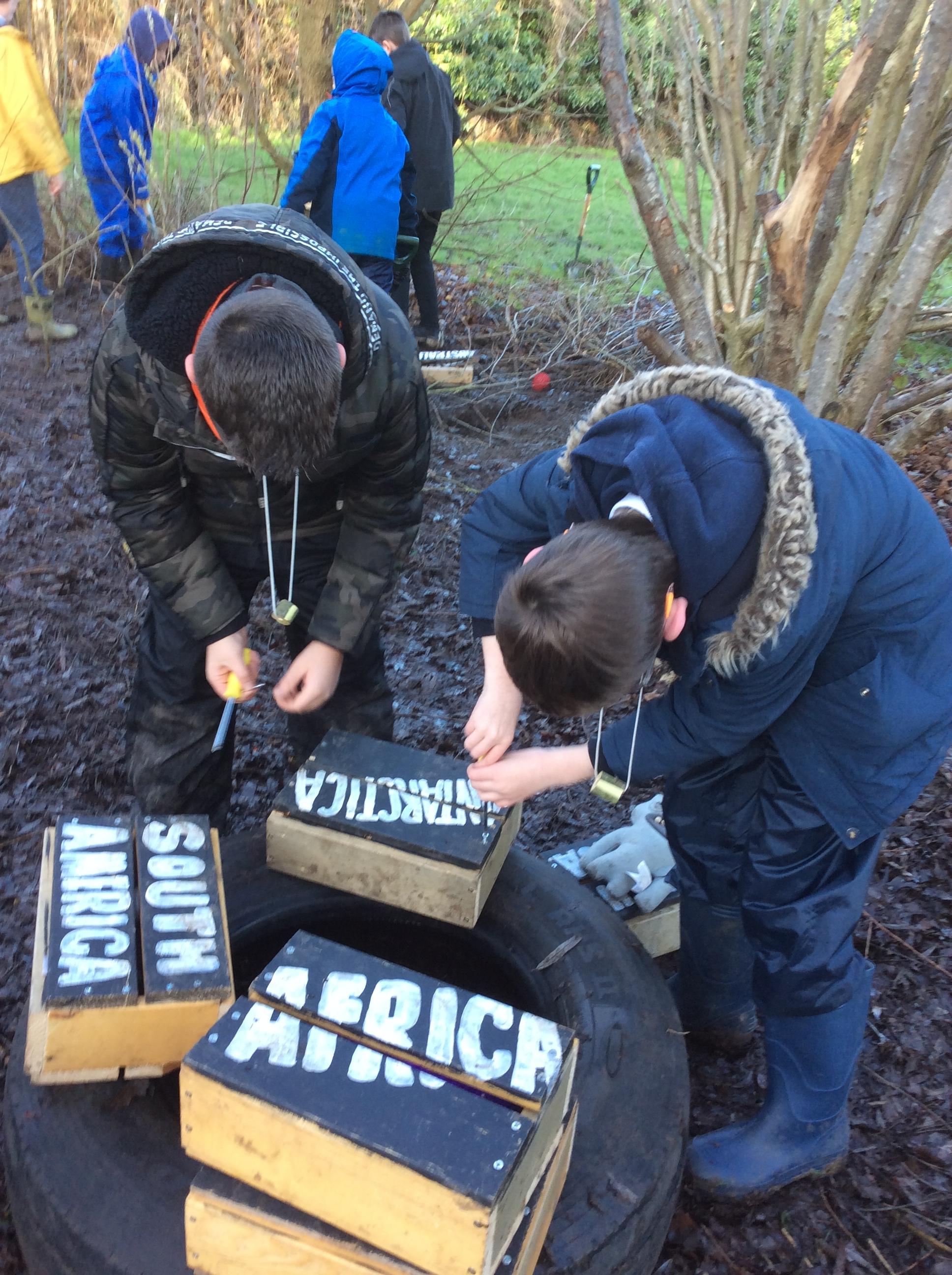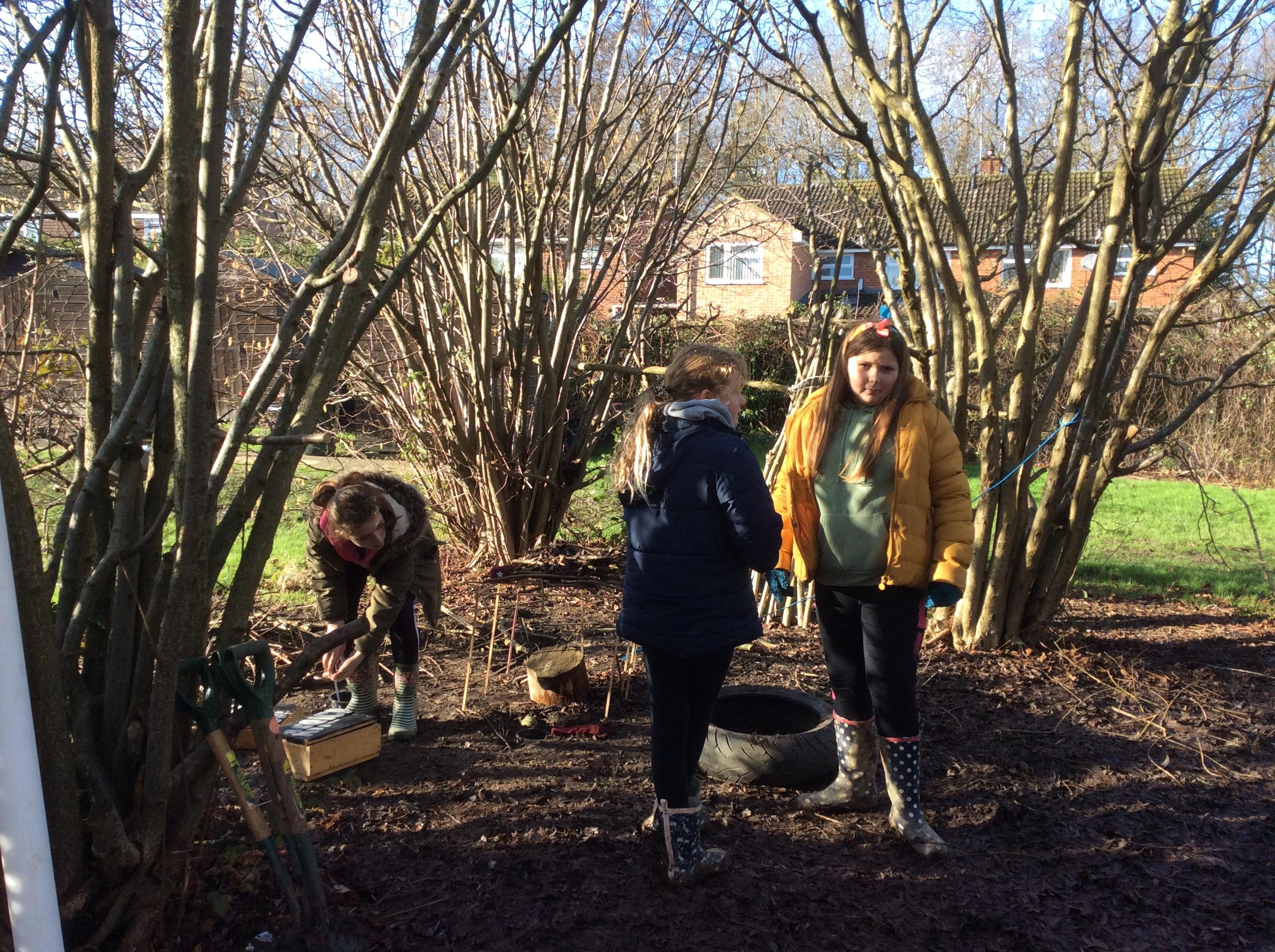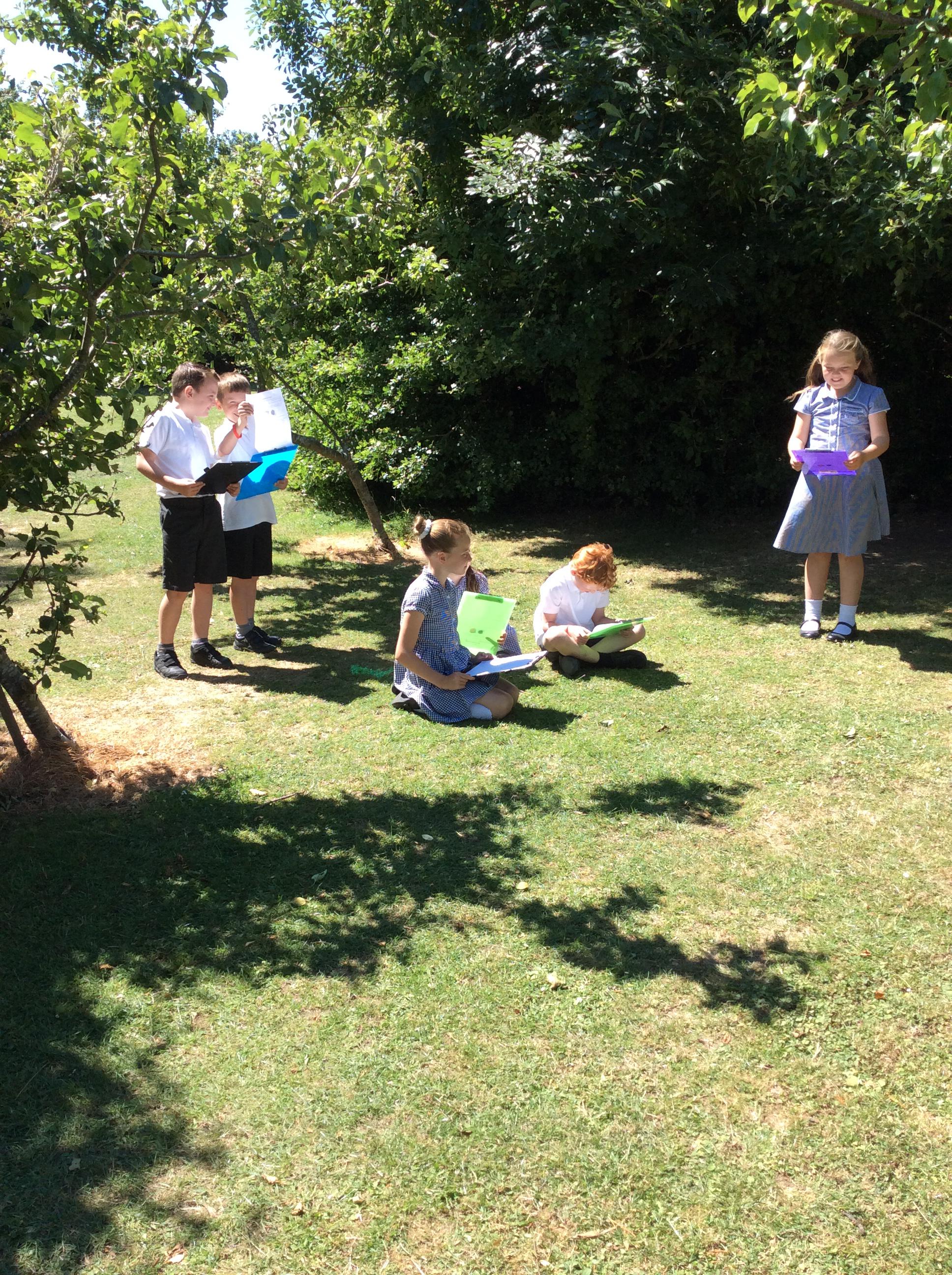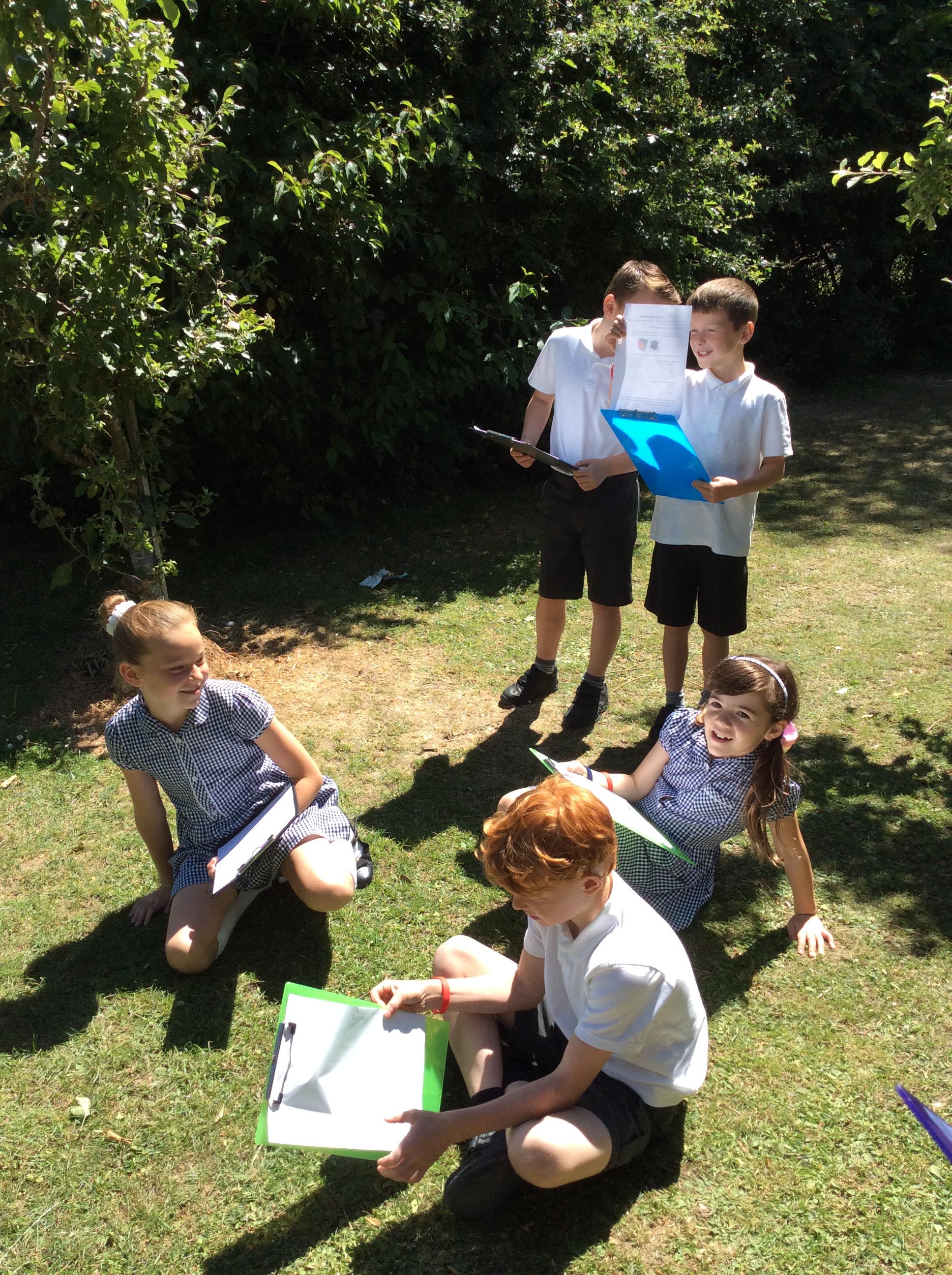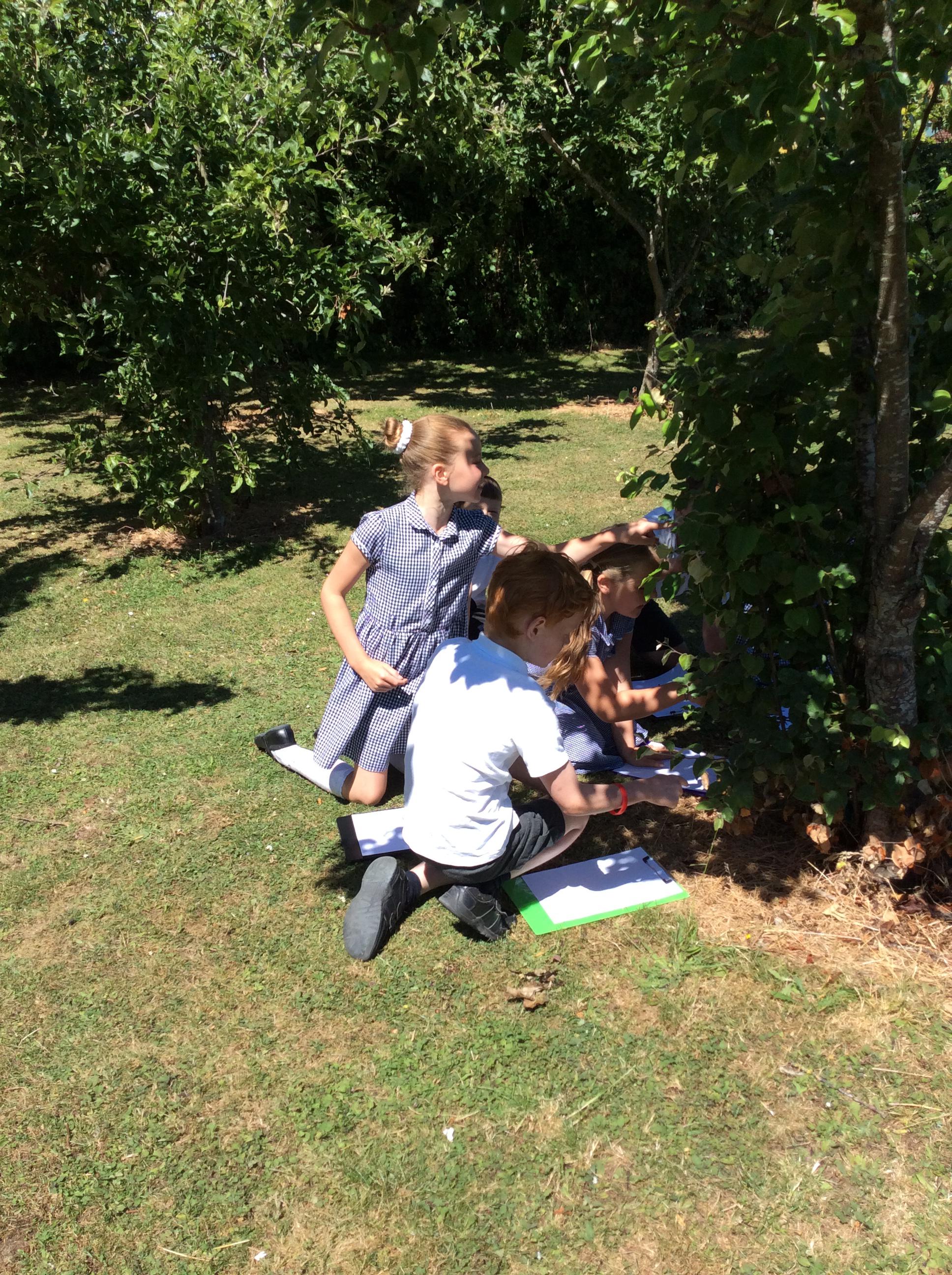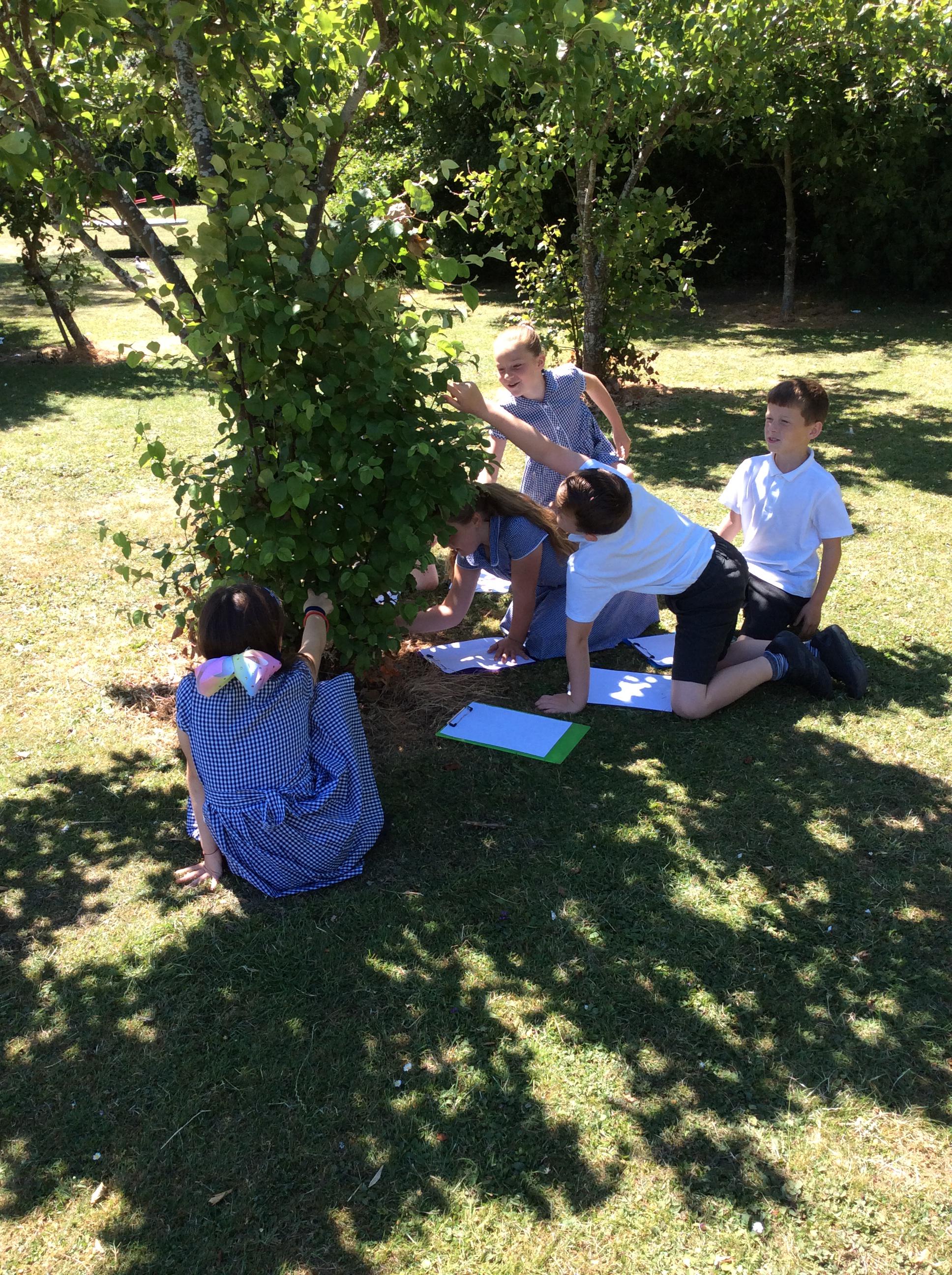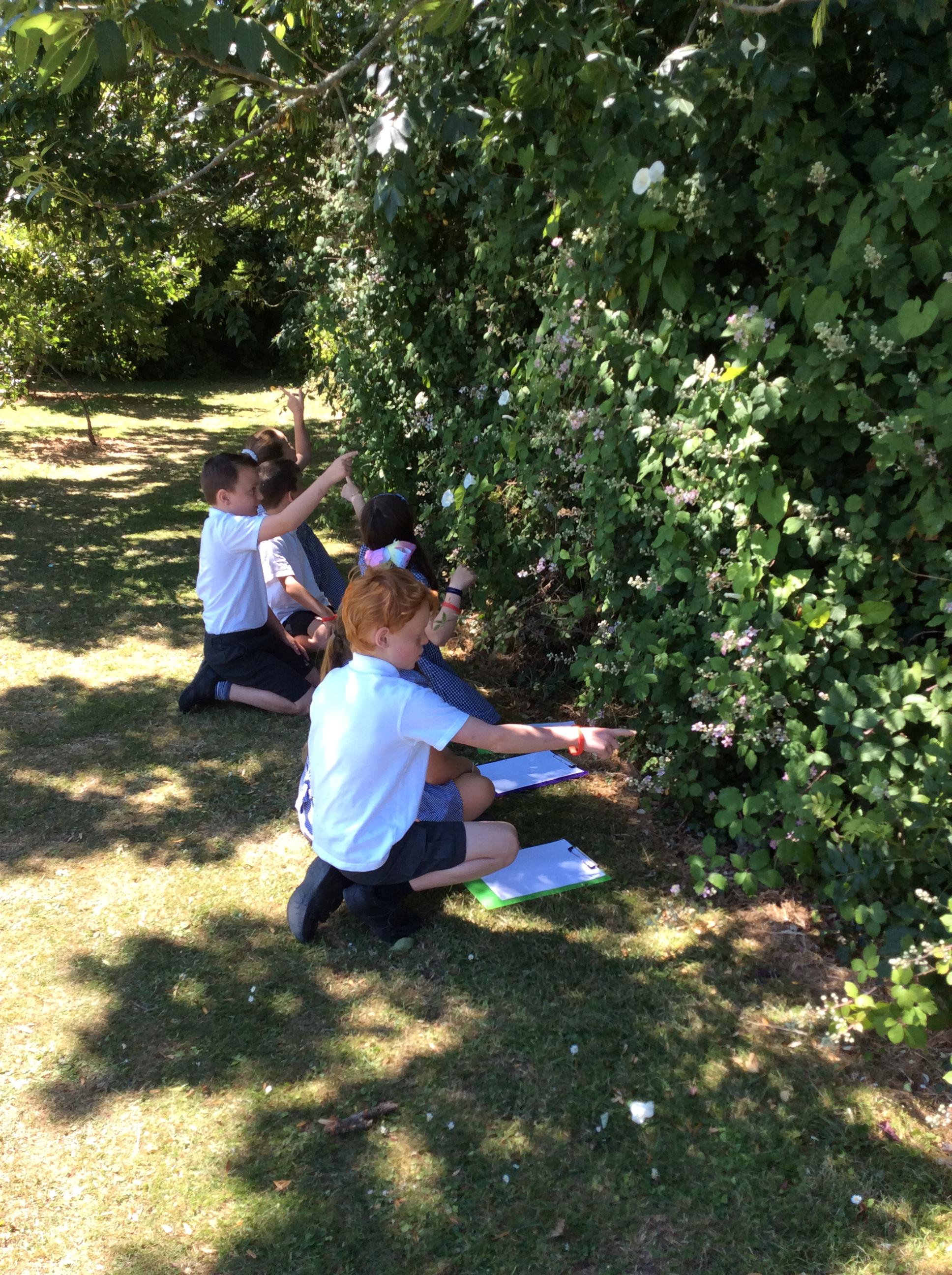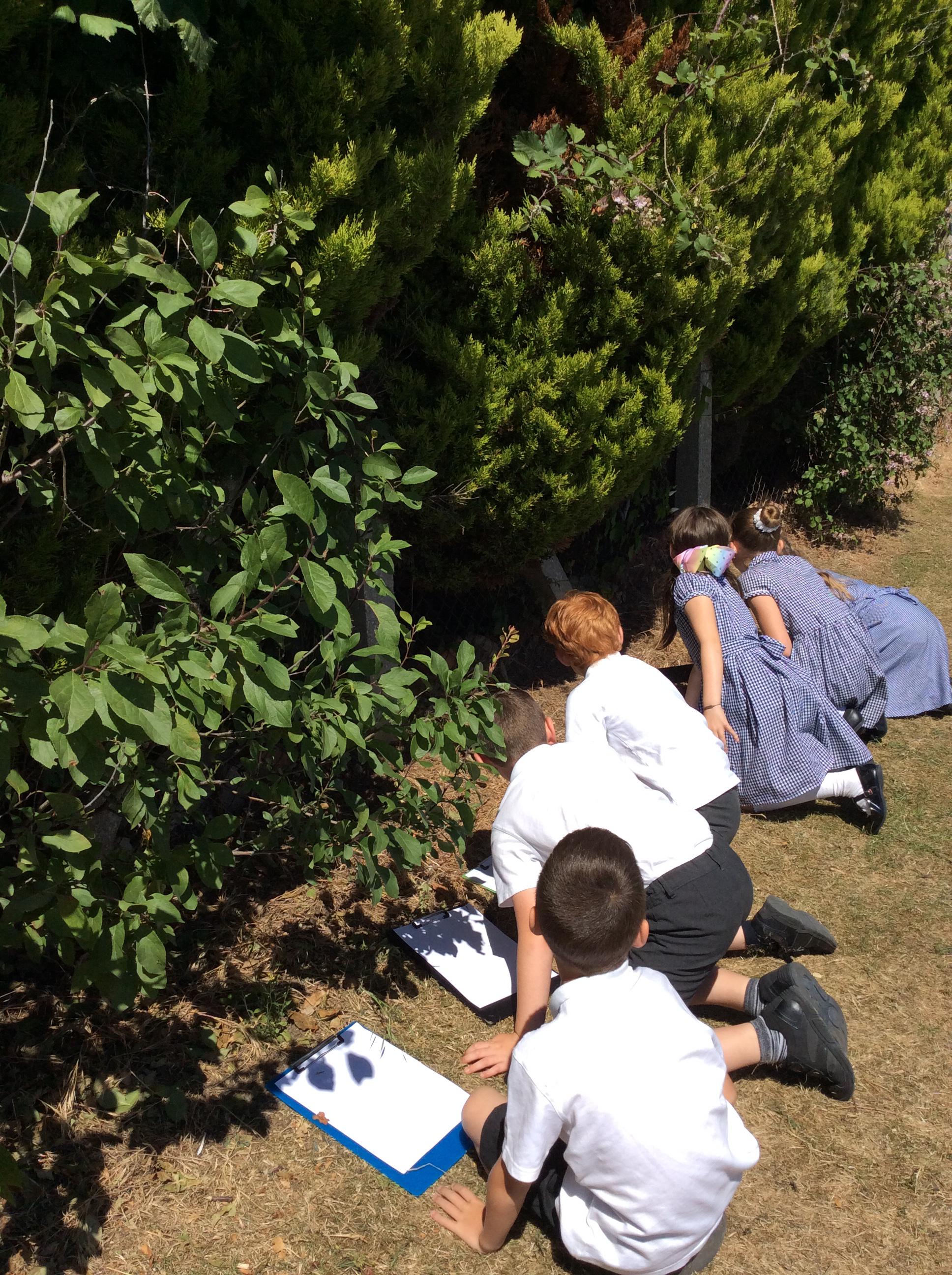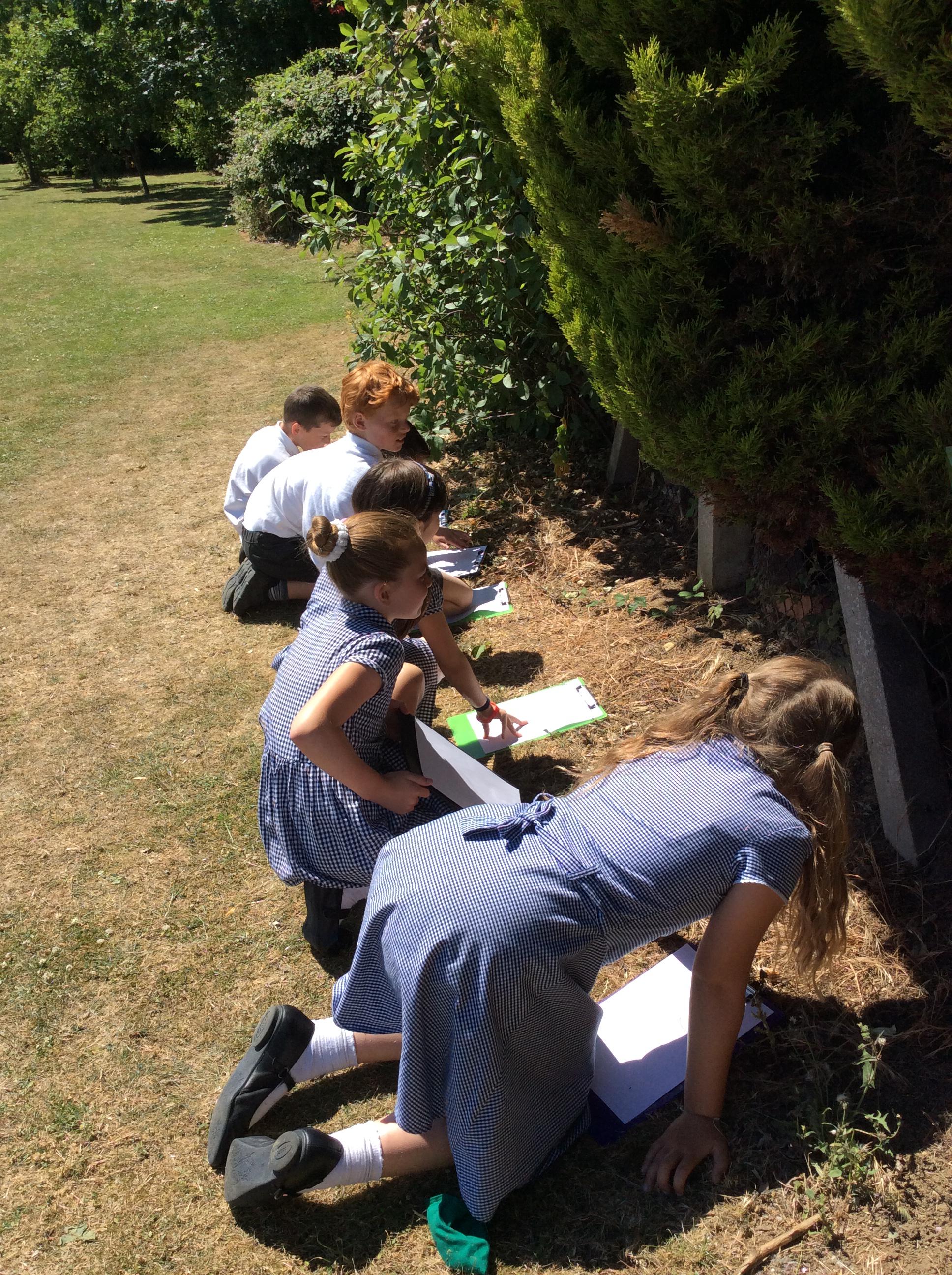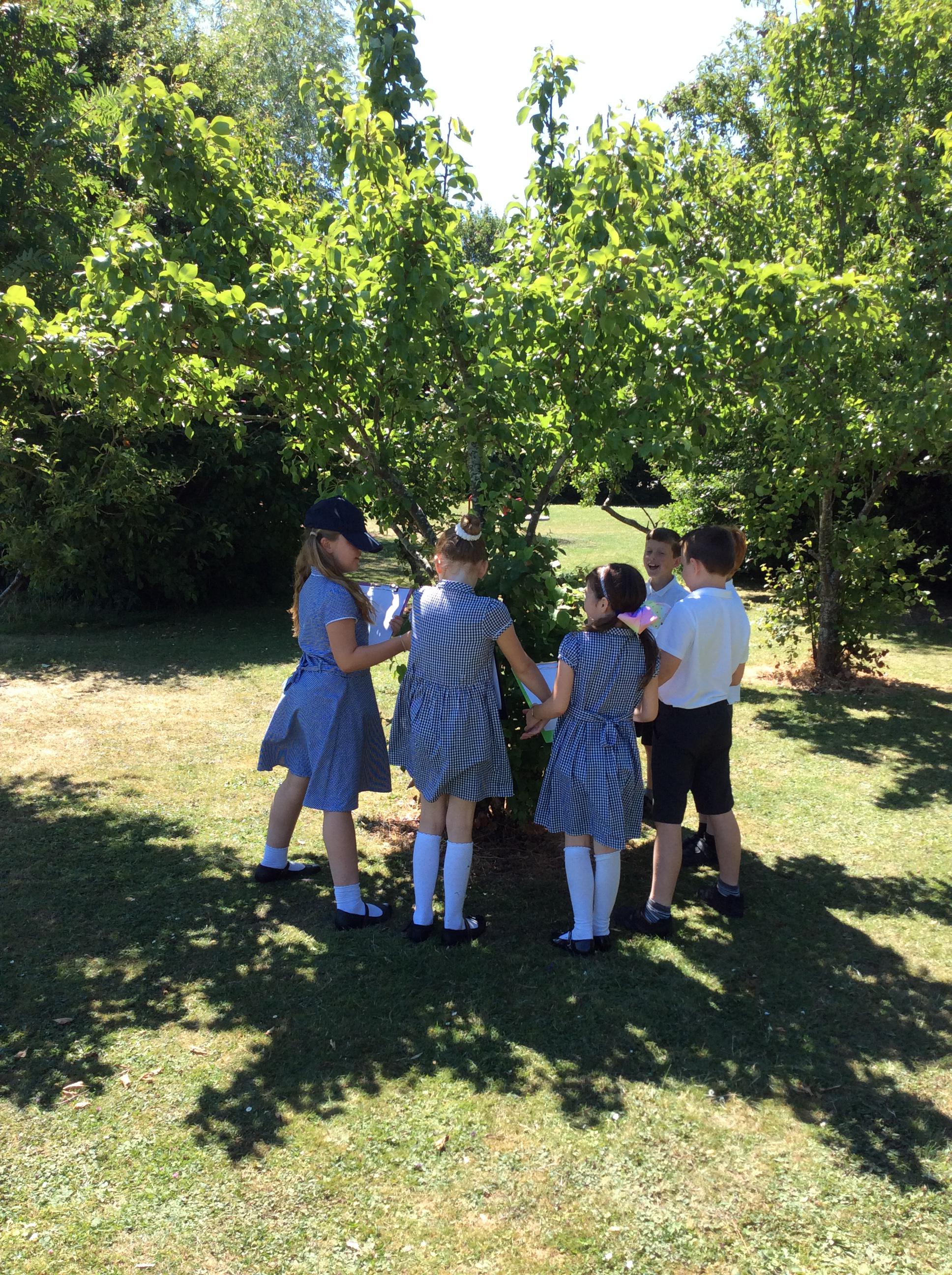Geography
What does Geography at St Mark's actually look like?
Geography, we believe, can inspire children with a curiosity and fascination about the world and its people which will remain with them for the rest of their lives. It, therefore, forms an important part of the curriculum and is taught individually as well as being incorporated across other areas of the curriculum such as English, Art, DT and Outdoor Learning.
The children will look to extend their knowledge to beyond their local area and will study Europe as well as North and South America. They will begin to look at similarities and differences of human geography such as types of settlement and land use. They will also study physical geography elements such as climate zones, rivers, mountains, volcanoes and earthquakes. Children will continue to use maps, atlases and globes and will use the 8 points of the compass in their work. They will start to consider the use of four and six figure grid references and ordinance survey maps.
Please see below for a Curriculum Plan, created by Subject Lead Mrs Liz Whale
Geography Curriculum Journey
A child learning at greater depth will have a good knowledge of locational facts but even more so they will show an understanding of geographical processes: showing regard for issues such as why places are where they are and what it is like to be there. They will also be able to apply what they have learnt to current global issues that may be happening.
Top Tips for Parents...
Ensure your child is familiar and aware of their local area.
Use the outdoor environment as a learning opportunity.
Allow your child to watch the news, particularly Newsround, to be aware of global stories and events.
Wibbly Wobbly Web Links
